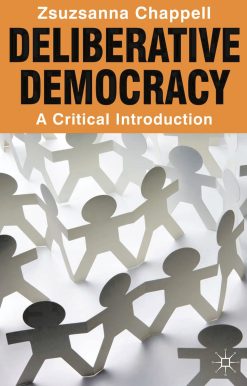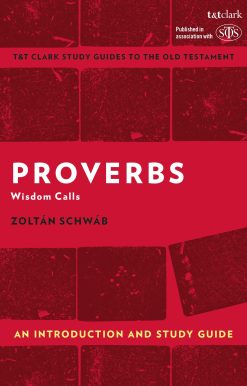Experiments in Reflection: How to See the Present, Reconsider the Past, and Shape the Future
13.00 JOD
Please allow 2 – 5 weeks for delivery of this item
Description
Notice what matters, sharpen your intuition, and grow personally and professionally by honing your skills of reflection in this illustrated guide from Stanford University’s d.school.While we often think of reflection as a way to consider what is or was, it can also be a powerful tool for imagining and shaping what could be. Through activities based on the science, art, and practice of reflection, this book guides you through simple experiments that teach you how to make meaning from your experiences and, as a result, support your goals and values. Stanford professor Leticia Britos Cavagnaro sets up each experiment with a stated hypothesis, a simple method, and direction for gauging your results. With each experiment, you’ll build concrete skills and learn how to shift your mindsets as you strengthen your ability to reflect with purpose. With thought-provoking collage-style illustrations from artist Gabriela Sánchez, Experiments in Reflection helps you tune into your environment, train your intuition, and shape the future you want.
Additional information
| Weight | 0.27 kg |
|---|---|
| Dimensions | 1.3 × 14.18 × 18.39 cm |
| PubliCanadanadation City/Country | USA |
| by | Gabriela Sánchez, Leticia Britos Cavagnaro, Stanford d.school |
| format | |
| Language | |
| Pages | 144 |
| publisher | |
| Year Published | 2023-11-28 |
| Imprint | |
| ISBN 10 | 1984858106 |
| About The Author | Leticia Britos Cavagnaro co-directs the University Innovation Fellows Program and is an adjunct professor at the Stanford d.school. She has a PhD in developmental biology from Stanford University and is a former member of the Research in Education & Design Lab. The Hasso Plattner Institute of Design, known as the d.school, was founded at Stanford University in 2005. Each year, nearly a thousand students from all disciplines attend classes, workshops, and programs to learn how the thinking behind design can enrich their own work and unlock their creative potential.Gabriela Sánchez is a mixed media collage artist. |
| Excerpt From Book | Introduction“Let me reflect on that” is a common phrase that you’ve probably said (or heard) more than once. And it’s a saying that seemingly doesn’t need to be explained. You wanted some time to think about “that,” whatever “that” was. But what did you mean, really, by reflect? Are thinking and reflecting the same thing? This book is an invitation to reconsider not only what reflection is, but also how incorporating reflection into your life can help you find meaning in your experiences, make better decisions, and shape a path toward your aspirations. If reflection is the what of this book, experiments are the how. I am a professional experimenter. After doing my fair share of school science experiments, I pursued a career as a scientist. I spent a couple of decades in a biology lab and got a doctorate in developmental biology. When I transitioned to the field of education, I discovered that the experimental mindset I had acquired was a superpower when it came to learning pretty much anything. As an educator and leader at Stanford’s Hasso Plattner Institute of Design (aka the d.school), my latest experimental endeavors have been focused on finding better ways to teach and learn—and reflection is a key component of my methods. The experimentation in scientific studies advance our collective knowledge in different fields. But experimentation also drives learning in our day-to-day lives—think of a baby throwing food from their highchair to see what happens, a home cook tweaking a recipe until it’s perfect, or someone trying out different ways to communicate with a loved one. For this reason, I’ve crafted a set of experiments for this book, organized into three collections, so that you can put into practice a range of reflection methods. Doing experiments may sound complicated and time-consuming, and you might be tempted to just read the book and skip the doing part. Yes, by reading, you’ll learn something—maybe a lot—about reflection, but don’t settle for that! I don’t want you to just learn about reflection. I want you to become a (more) reflective human, and an experimenter too. Doing the experiments helps you get out of your head and into the world (even if you don’t physically step outside). That’s when you stretch your reflection muscles the most. At the same time, working through this book shouldn’t feel like a chore. Try those experiments that speak to you and skip the ones that don’t (you can always come back to them later). |
| Series |
Only logged in customers who have purchased this product may leave a review.






Reviews
There are no reviews yet.